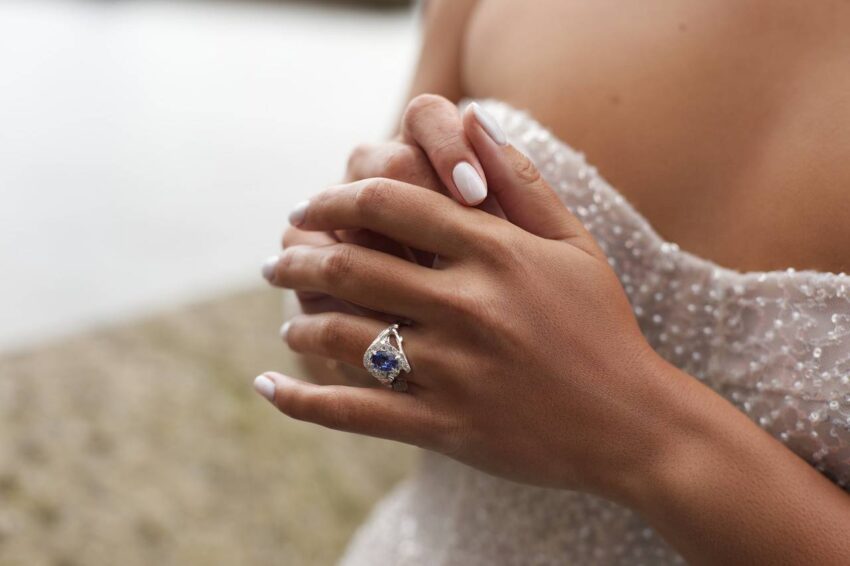The history of engagement rings UK finds its roots deeply intertwined with the traditions of love and commitment that flourished in the 1700s. This era marked the beginnings of a societal shift towards romantic love as the foundation for marriage, and the engagement ring became a significant symbol of this change. In the 18th century, the design and craftsmanship of these rings began to reflect not only the affections of couples but also the artistry of the time, setting a precedent for generations to come.
In the 1700s, engagement rings were typically simpler than the ornate designs of later centuries. However, they were no less meaningful. Gold and silver bands were prevalent, often adorned with gemstones that held particular significance. Diamonds were rare and expensive, but they began to gain popularity, symbolizing enduring love and fidelity. Other gemstones such as sapphires, rubies, and emeralds were also common choices, each selected for their beauty and the meanings attributed to them. For instance, sapphires were associated with wisdom and nobility, making them a desirable option for engagement rings.
One of the defining characteristics of engagement rings from the 1700s was the use of personalized designs. Jewelers often incorporated intricate engravings and motifs that reflected the couple’s story or values. The rings could feature initials, dates, or symbols that were significant to the couple, adding a personal touch that made each piece unique. This personalization hinted at the deep emotional connections couples sought to express through their jewelry, laying the groundwork for the modern significance of engagement rings.
The influence of societal changes during the 18th century also played a role in shaping the engagement ring tradition. The rise of the middle class and the increasing emphasis on individualism and personal choice meant that engagement rings became more accessible. While initially a privilege of the aristocracy, these symbols of love began to be embraced by a broader audience. This democratization of jewelry not only made engagement rings more popular but also fostered a culture of romantic gestures among couples, elevating the significance of the engagement ring within the marriage proposal.
Moreover, the 1700s saw the emergence of the “gimmel” ring, a unique type of engagement ring that consisted of two interlocking bands. Traditionally, one band would be given to the bride-to-be during the engagement, while the other would remain with the groom. Upon their marriage, the two bands would be united, symbolizing their union. This innovative design underscored the concept of partnership and shared commitment, reinforcing the emotional significance of engagement rings during this period.
As the 18th century drew to a close, the tradition of presenting an engagement ring as a promise of love became firmly established. The rings of this time were not just jewelry; they were tokens of affection and commitment that bridged the gap between courtship and marriage. The enduring nature of these symbols laid the groundwork for future generations, influencing how engagement rings would be perceived and designed in the centuries to follow.
Today, interest in the engagement rings of the 1700s has grown among collectors and those who appreciate vintage styles. Many modern couples are drawn to the simplicity and elegance of these historical pieces, often seeking rings that reflect both their personal tastes and the rich stories embedded within them. The legacy of love symbolized by these rings continues to inspire, as couples look for ways to incorporate history into their own engagements.
In conclusion, the engagement rings of the 1700s represent a beautiful intersection of love, legacy, and artistry. As symbols of commitment, these rings capture the essence of romantic ideals that began to flourish during this time. Their significance transcends mere adornment, serving as lasting reminders of the emotions and connections that bind couples together. The enduring charm of these historical pieces ensures that the love they symbolize will continue to resonate through time.
